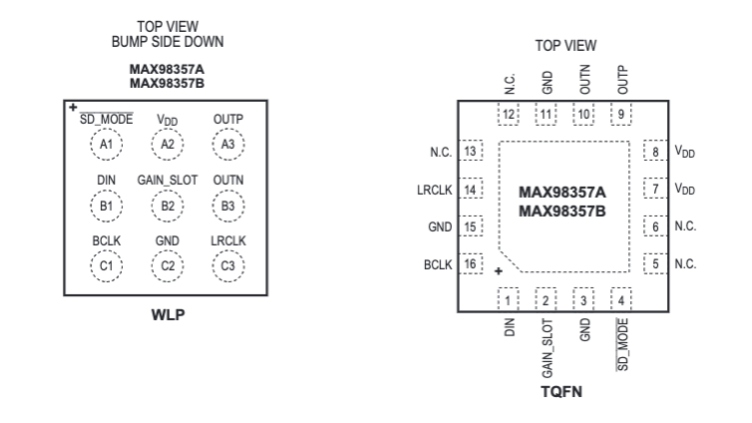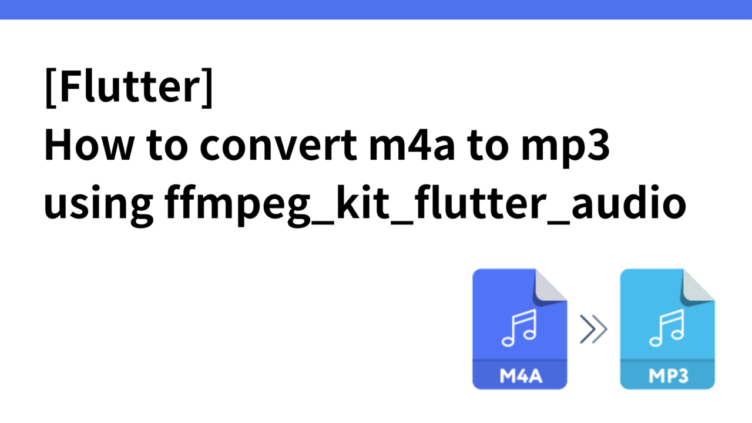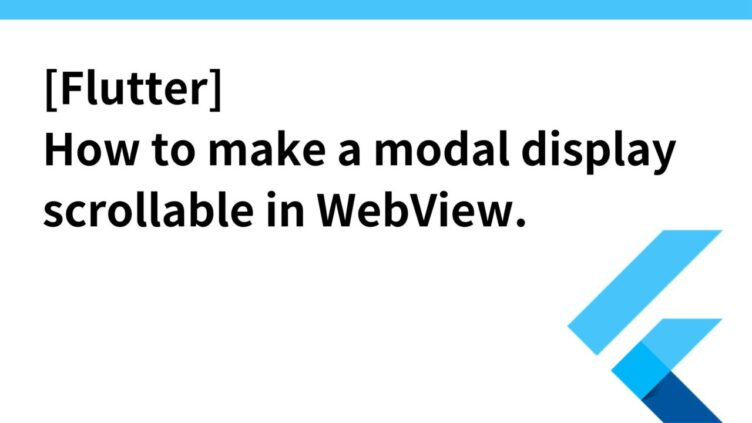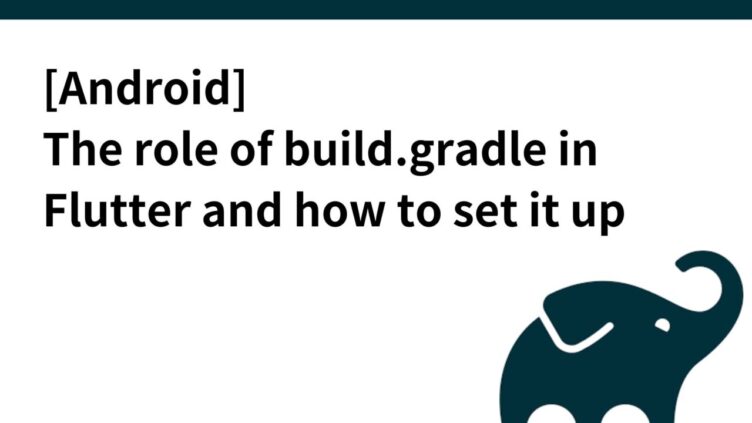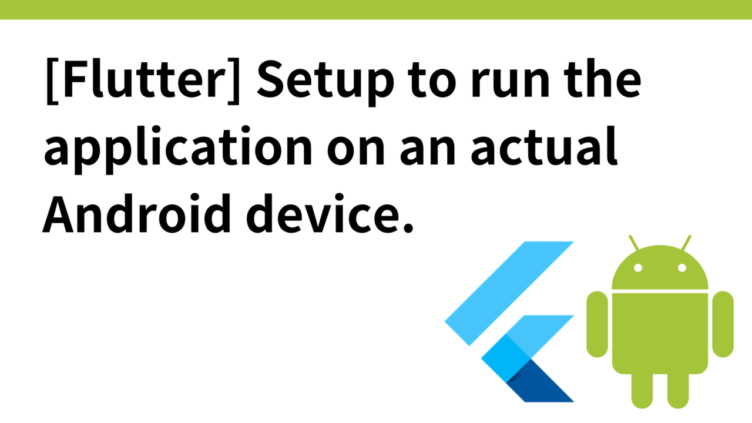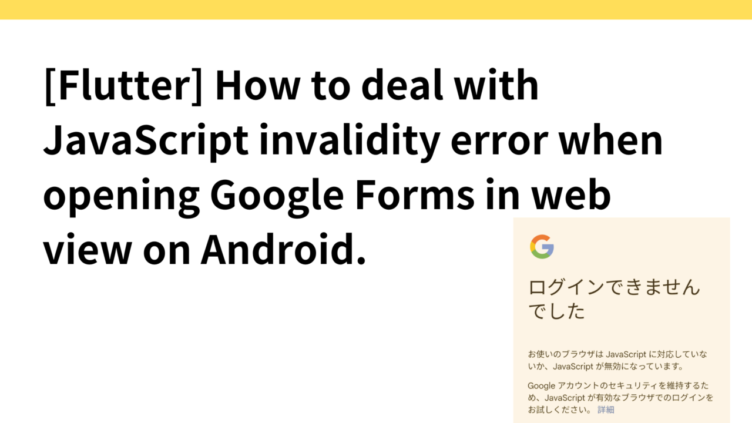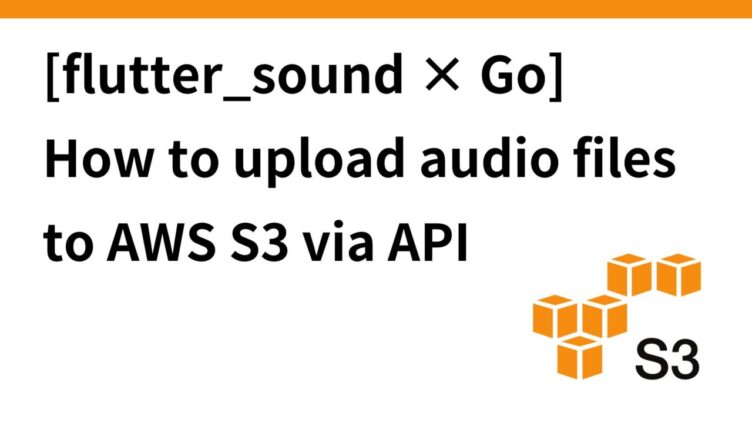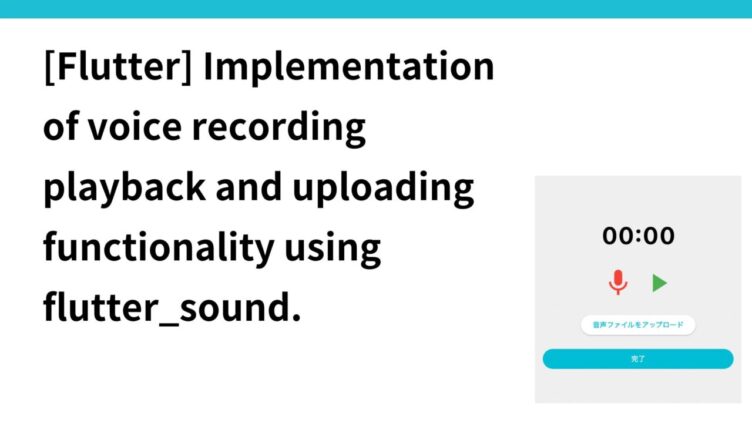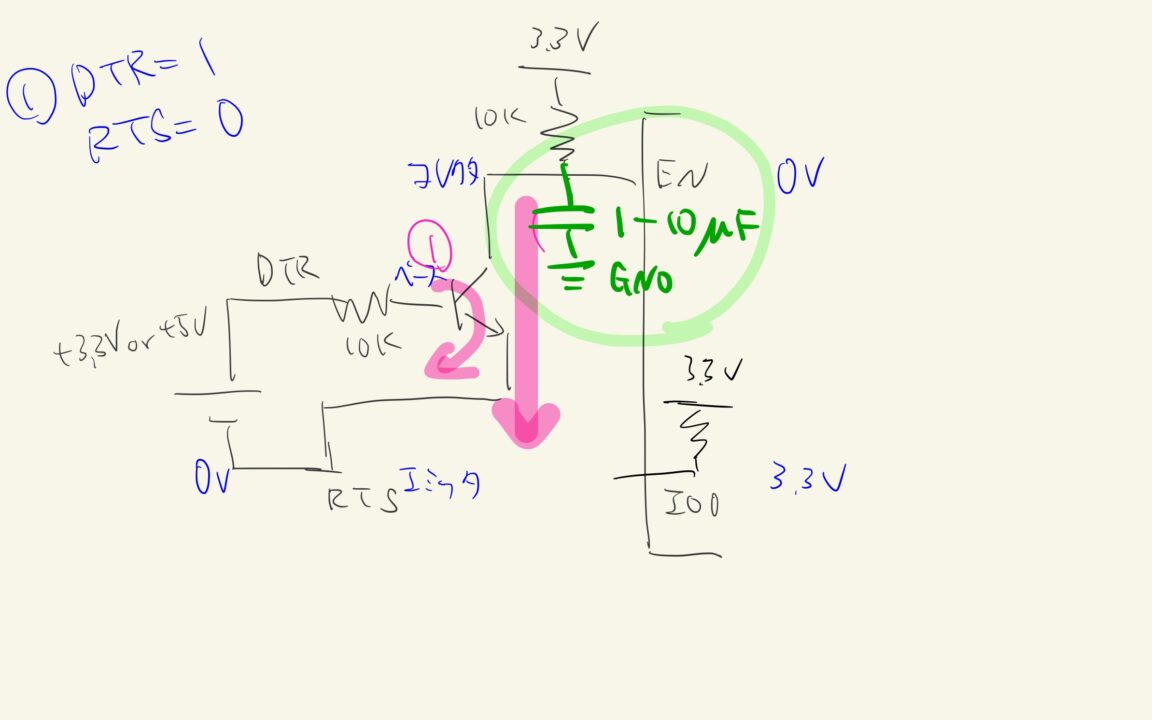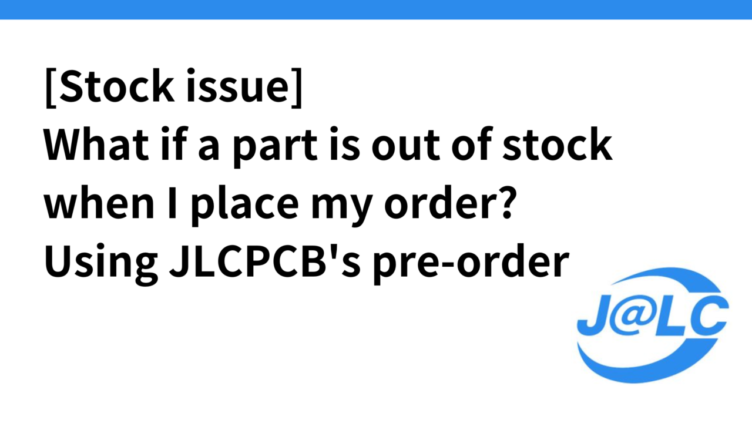
[Stock issue] What if a part is out of stock when I place my order? Using JLCPCB’s pre-order.
In order to deal with out-of-stock issues like this one when they decide to order, JLCPCB allows pre-ordering, which means that the parts can be ordered before the PCB assembly is ordered and kept in stock at JLCPCB until the PCBA service is required. These pre-ordered parts are sent together with the PCB (and surface mount if you have also asked for surface mount), rather than separately from the PCB and only the parts are sent to you.
